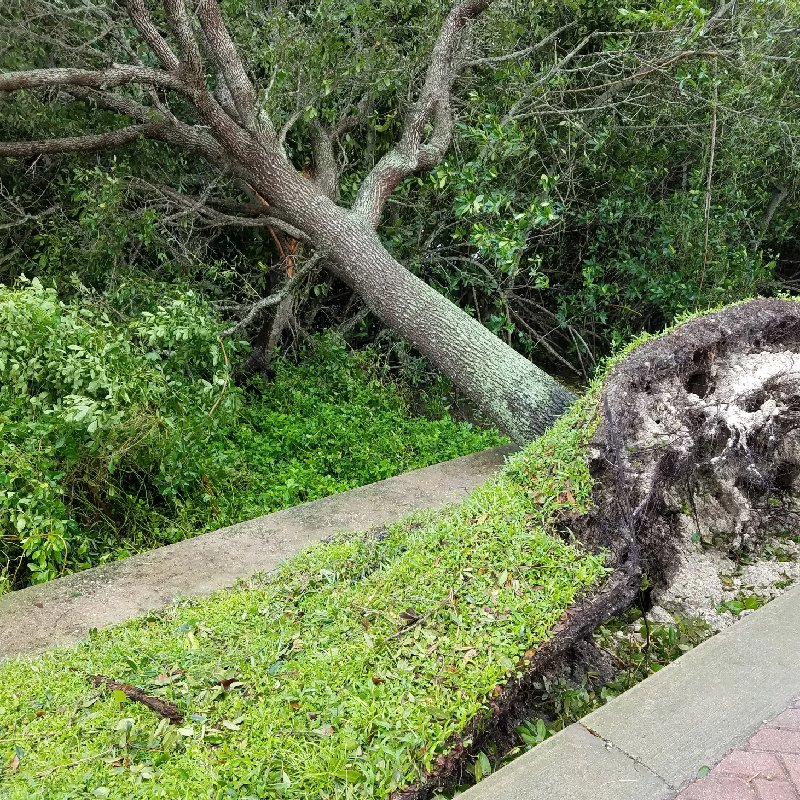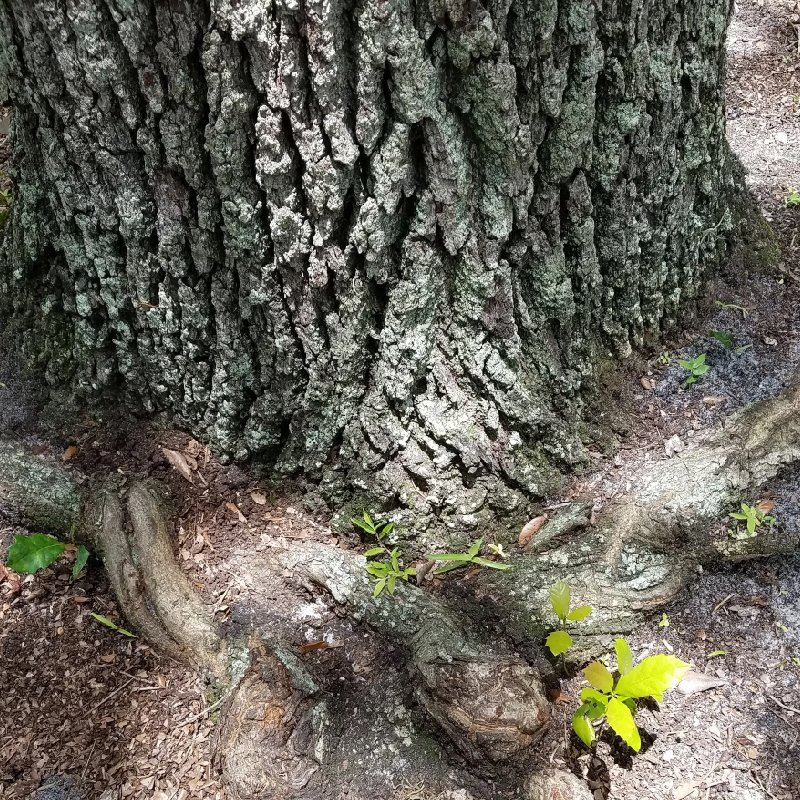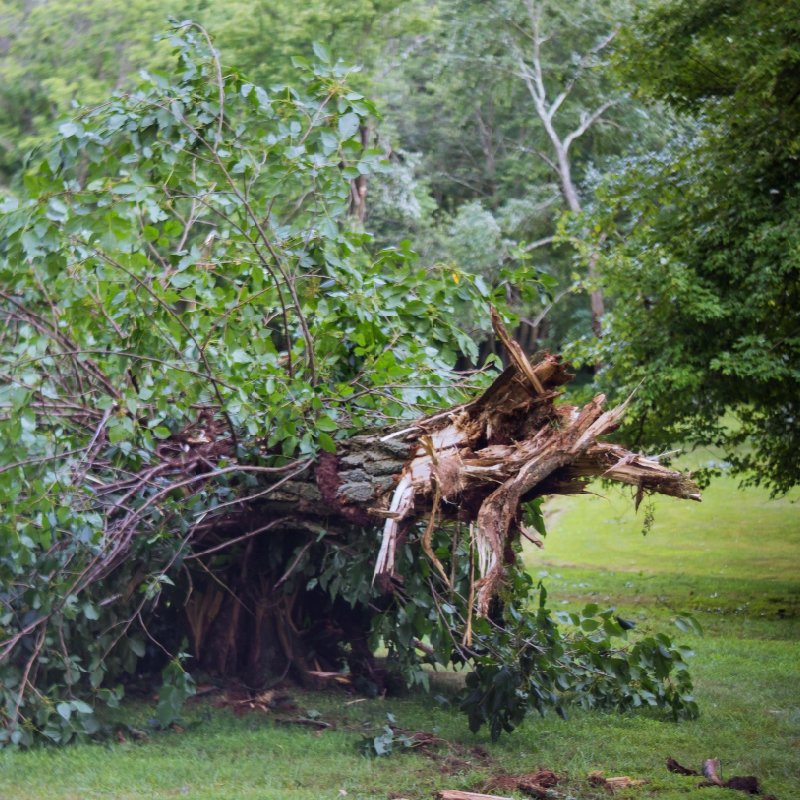Title: Preparing Trees for Storm Seasons: Safeguarding Nature’s Giants
Introduction:
Storm seasons can pose a significant threat to our beloved trees, but with proper preparation, we can minimize the potential damage and ensure their resilience. In this blog post, we’ll delve into essential tips on how to prepare your trees for storm seasons, safeguarding these magnificent giants that contribute so much to our environment.
Assessing Tree Health:
- Regular Inspections:
- Conduct routine inspections to identify weak or diseased branches that may pose a risk during storms.
- Look for signs of pests, diseases, or structural issues.
- Pruning Practices:
- Engage in regular pruning to remove dead or overhanging branches, reducing the risk of breakage during high winds.
- Trim back branches that may interfere with power lines or structures.
Proper Structural Support:
- Cabling and Bracing:
- Consider professional cabling and bracing for trees with weak or split crotches to provide additional support.
- This preventive measure can help prevent limb failure during storms.
- Maintaining Strong Roots:
- Ensure proper soil aeration and drainage to promote healthy root development.
- Mulch around the base of the tree to protect roots and retain moisture.
Protecting Against Wind and Heavy Rain:
- Windbreaks:
- Plant windbreaks or use existing structures to reduce the impact of strong winds on trees.
- Consider installing windbreak fences to shield vulnerable trees.
- Water Management:
- Adequate watering before a storm can help trees absorb excess water, reducing the risk of uprooting.
- Mulch around the base helps regulate soil moisture and prevent erosion.
Emergency Preparedness:
- Secure Loose Items:
- Remove any loose or lightweight items near trees that could become projectiles during a storm.
- This includes garden furniture, tools, or decorations.
- Emergency Pruning:
- If a storm is imminent, consider emergency pruning to eliminate potential hazards quickly.
- Focus on removing damaged or weak branches that could pose an immediate threat.
Post-Storm Care:
- Assessment and Cleanup:
- After a storm, assess the extent of damage and prioritize cleanup.
- Remove broken or hanging branches carefully to prevent further damage.
- Professional Assistance:
- If significant damage occurs, seek the assistance of professional arborists to evaluate and address any safety concerns.
Conclusion:
Preparing trees for storm seasons is a proactive way to protect these natural wonders and contribute to overall community safety. By following these guidelines, we can fortify our trees against the forces of nature, ensuring they continue to thrive and provide their myriad benefits for generations to come. Stay vigilant, stay prepared, and let’s safeguard the beauty and strength of our arboreal companions.





